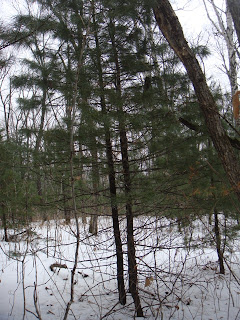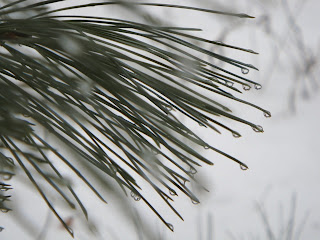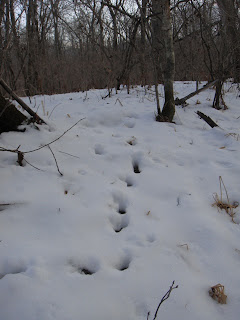It was 7:10 am that I woke up, looking out of the windows seemed like 5am. My brain told myself to get up but my mind desired for more sleep. The mind was not the winner. So, I got in the dining hall at 7:45 for the early breakfast. After finishing all delicious meals, delegates were divided to two groups to visit two different places.
My group was the combination of delegates from China, Indonesia, Nepal, Bangladesh, Cambodia, Laos and our kind Russia. We were heading to the “Kedrovaya Pad” state nature reserve, land of two magnificent natural creatures, leopard and Amur tiger. It took about two hours to get to the WWF visitors’ centre- The Leopard Land. Starting with the map introduction of where we are at. Again, we were split into two small groups which we all had to watch a 10-minute-video and walk along the ecological trial but at different time.
Just looking at the forest, I couldn’t find this kind of typical forest structure in my home country. On the ecological trial, there are many new things to learn from. One of the reserve staffs was guiding us to this exciting trial. He pointed out each typical and vulnerable plant, explained its importance and why it’s threatened.
It was very interesting to learn about Korean pine or cedar that it’s in the Federal Red list and prohibited for logging. This type of tree provides nuts which are important food source for the ungulates, leopard and Amur tiger prey species. Unfortunately, it takes up to 60 or 70 years to grow and be able to produce nuts. In the past, people chopped down this tree just for furnished purposes and the Korean pine was almost disappeared. Today, local people and the reserve staffs have restored some parts of the Korean pine trees. He told us to look at a group of this tree which is about 50 years old and they are not big or tall at all. I wish the Korean pine would recovery itself and fulfill the missing part of the ecosystem.



Checking out the leopard trial about 200 meters from road, I could imagine how human disturbances affect their lives. Andrey Fereferov, the WWF Programme Coordinator, told us a sorrowful story of losing a valuable female Amur tiger in the car accident. It’s really needed to have corridors for the leopard and Amur tiger to cross to the other side of the road safely. So, he talked about a really great project that they are planning to construct a 500-meter-tunnel for vehicles to travel in so leopard or Amur tigers can move from place to place without any disturbances. Before returning to the hotel, we got to the rangers to check out the monitoring trial for scientists or reserve staffs conducting surveys and collecting data. Nowhere else I would like to be at that moment.
From today stories, I really admire these people who dedicate time and knowledge to save the two charismatic creatures and I will definitely bring this valuable experiences home.